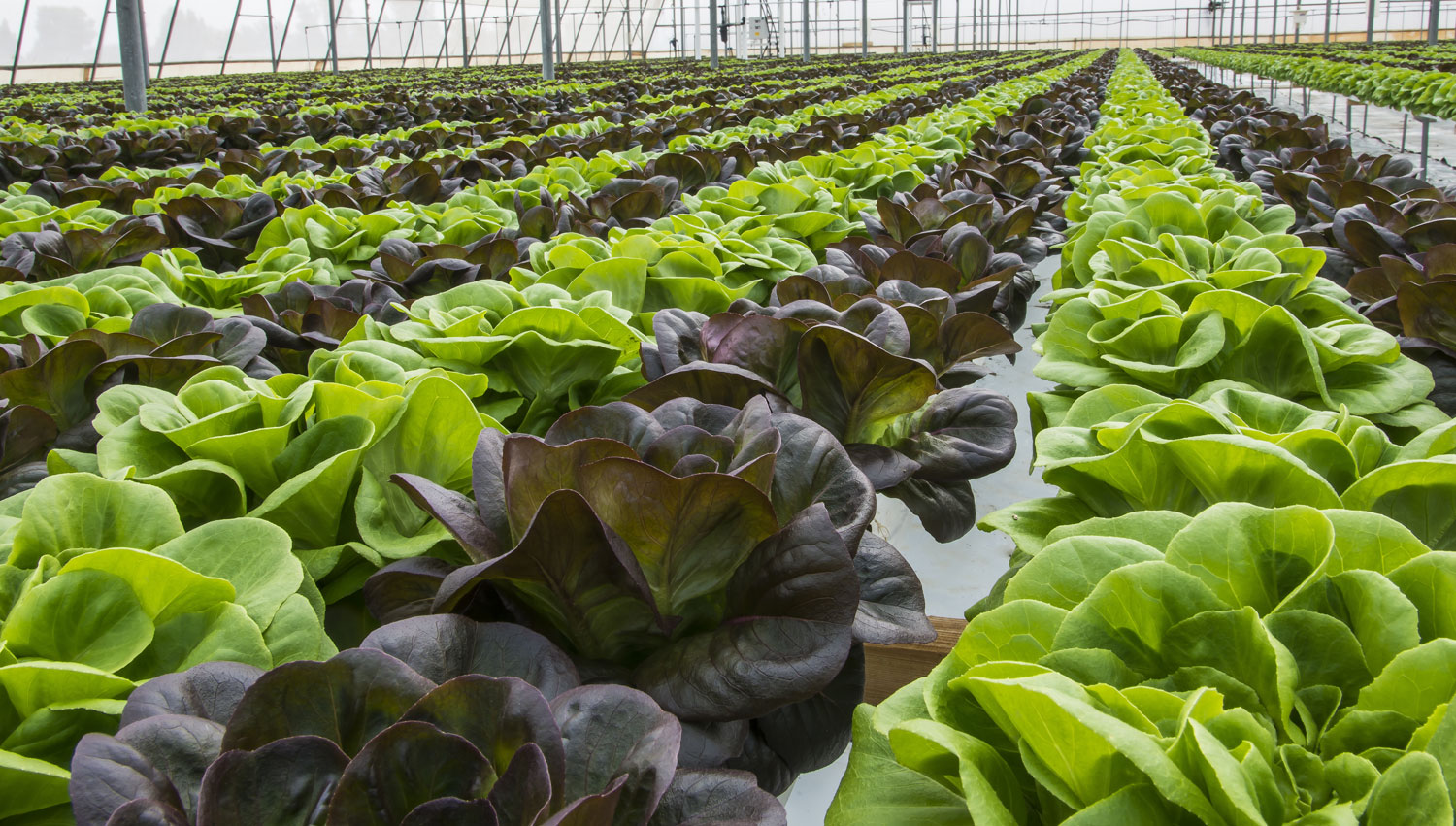



Article by: Hari Yellina (Orchard Tech)
Somehow, someway, Australian horticulture has managed to not just weather the lack of workers over the past year but maintain output levels. Recent figures from the Australian Bureau of Agricultural and Resource Economics and Sciences (ABARES) show in 2020-21 Australian horticultural farm output levels have remained steady despite an eight per cent drop in the number of workers employed on farms.
The Labour use in Australian agriculture: Analysis of survey results report found improved growing conditions and farm-level adaptations have countered the reduced availability of overseas labour during COVID-19. ABARES executive director Jared Greenville said the effects of COVID-19 on the Australian agricultural workforce have been most directly felt in the horticulture sector. The number of workers used by horticultural farms declined by 11,100 from 2019-20 to 2020-21 mainly due to fewer seasonal Working Holiday Makers.
Despite this, overall horticulture output levels are estimated to have remained relatively steady, partly due to an improvement in seasonal conditions. Output has also been maintained through a range of adaptations that many horticulture producers made in response to the reduced availability of overseas labour. These included increasing the hours worked by the existing workforce, altering production systems and employing more Australians and overseas residents already in Australia – incentivised by government labour market initiatives. According to ABARES work over 50pc of horticulture farms had difficulties accessing workers over 2020-21.